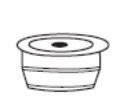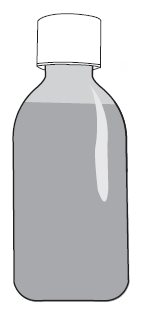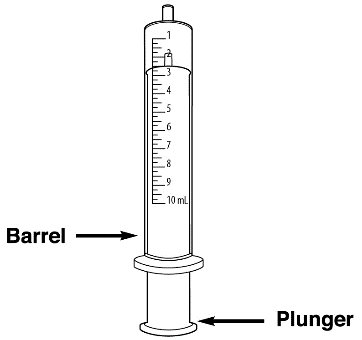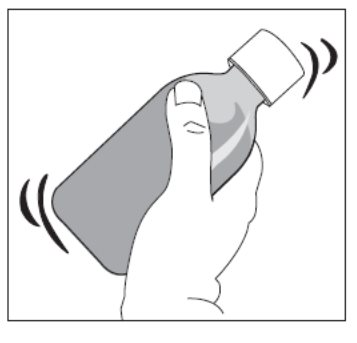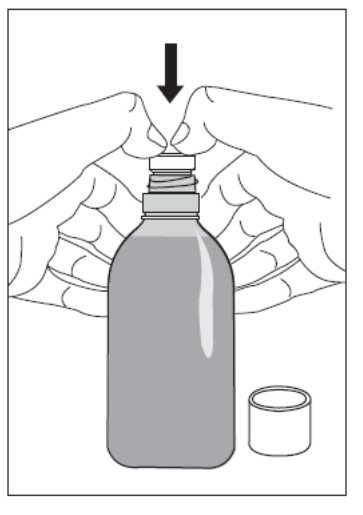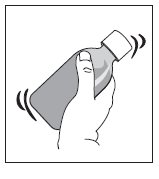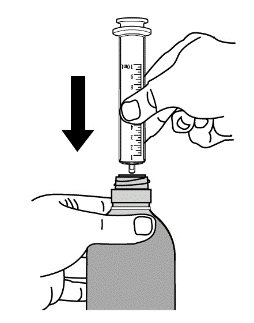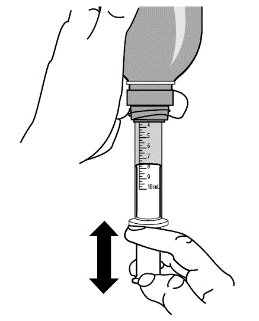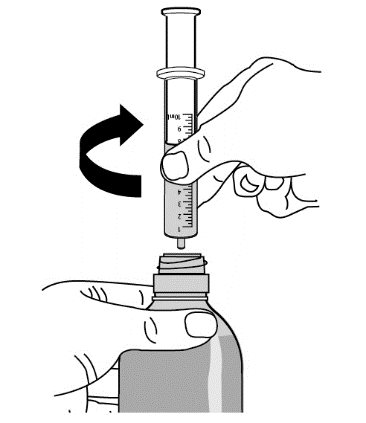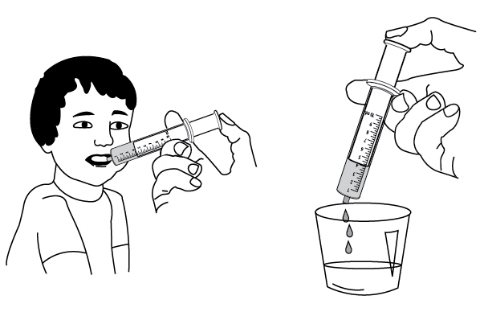MEDICATION GUIDE
Oxcarbazepine
(ox-kar-BAZ-eh-peen)
Oral Suspension
|
What is the most important information I should know about oxcarbazepine oral suspension? Do not stop taking oxcarbazepine oral suspension without first talking to your healthcare provider. Stopping oxcarbazepine oral suspension suddenly can cause serious problems. Oxcarbazepine oral suspension can cause serious side effects, including: 1. Oxcarbazepine oral suspension may cause the level of sodium in your blood to be low. Symptoms of low blood sodium include:
Similar symptoms that are not related to low sodium may occur from taking oxcarbazepine oral suspension. You should tell your healthcare provider if you have any of these side effects and if they bother you or they do not go away. Some other medicines can also cause low sodium in your blood. Be sure to tell your healthcare provider about all the other medicines that you are taking. Your healthcare provider may do blood tests to check your sodium levels during your treatment with oxcarbazepine oral suspension. 2.Oxcarbazepine oral suspension may also cause allergic reactions or serious problems which may affect organs and other parts of your body like the liver or blood cells. You may or may not have a rash with these types of reactions. Call your healthcare provider right away if you have any of the following:
Many people who are allergic to carbamazepine are also allergic to oxcarbazepine. Tell your healthcare provider if you are allergic to carbamazepine. 3. Like other antiepileptic drugs (AEDs), oxcarbazepine oral suspension may cause suicidal thoughts or actions in a very small number of people, about 1 in 500. Call a healthcare provider right away if you have any of these symptoms, especially if they are new, worse, or worry you:
How can I watch for early symptoms of suicidal thoughts and actions?
Call your healthcare provider between visits as needed, especially if you are worried about symptoms. Do not stop taking oxcarbazepine oral suspension without first talking to a healthcare provider.
Suicidal thoughts or actions may be caused by things other than medicines. If you have suicidal thoughts or actions, your healthcare provider may check for other causes. |
|
What is oxcarbazepine? Oxcarbazepine oral suspension is a prescription medicine used:
It is not known if oxcarbazepine oral suspension is safe and effective for use alone to treat partial-onset seizures in children less than 4 years of age or for use with other medicines to treat partial-onset seizures in children less than 2 years of age. |
|
Do not take oxcarbazepine oral suspension if you are allergic to oxcarbazepine or any of the other ingredients in oxcarbazepine oral suspension, or to eslicarbazepine acetate. See the end of this Medication Guide for a complete list of ingredients in oxcarbazepine oral suspension. Many people who are allergic to carbamazepine are also allergic to oxcarbazepine oral suspension. Tell your healthcare provider if you are allergic to carbamazepine. |
|
Before taking oxcarbazepine oral suspension, tell your healthcare provider about all your medical conditions, including if you:
Tell your healthcare provider about all the medicines you take, including prescription and over-the-counter medicines, vitamins, and herbal supplements. Taking oxcarbazepine oral suspension with certain other medicines may cause side effects or affect how well they work. Do not start or stop other medicines without talking to your healthcare provider. Know the medicines you take. Keep a list of them to show your healthcare provider and pharmacist when you get a new medicine. |
|
How should I take oxcarbazepine oral suspension?
|
|
What should I avoid while taking oxcarbazepine oral suspension?
|
|
What are the possible side effects of oxcarbazepine oral suspension? See “What is the most important information I should know about oxcarbazepine oral suspension?” Oxcarbazepine oral suspension may cause other serious side effects, including:
Get medical help right away if you have any of the symptoms listed above or listed in “What is the most important information I should know about oxcarbazepine oral suspension?” The most common side effects of oxcarbazepine oral suspension include:
These are not all the possible side effects of oxcarbazepine oral suspension. Tell your healthcare provider if you have any side effect that bothers you or that does not go away. Call your doctor for medical advice about side effects. You may report side effects to FDA at 1-800-FDA-1088. |
|
How should I store oxcarbazepine oral suspension?
Keep oxcarbazepine oral suspension and all medicines out of the reach of children. |
|
General Information about the safe and effective use of oxcarbazepine oral suspension. Medicines are sometimes prescribed for purposes other than those listed in a Medication Guide. Do not use oxcarbazepine oral suspension for a condition for which it was not prescribed. Do not give oxcarbazepine oral suspension to other people, even if they have the same symptoms that you have. It may harm them. You can ask your pharmacist or healthcare provider for information about oxcarbazepine oral suspension that is written for health professionals. |
|
What are the ingredients in oxcarbazepine oral suspension? Active ingredient: oxcarbazepine Inactive ingredients:
Distributed by: Sandoz Inc., Princeton, New Jersey 08540 For more information, go to www.sandoz.com or call 1-800-525-8747. |
- This Medication Guide has been approved by the U.S. Food and Drug Administration. Revised: May 2020
T2020-86
Instructions for Use
Oxcarbazepine Oral Suspension
(ox-kar-BAZ-eh-peen)
300 mg/5 mL
Each 5 mL contains 300 mg oxcarbazepine
Read these instructions carefully to learn how to use the medicine dispensing system correctly.
|
The Medicine Dispensing System |
There are 3 parts to the dispensing system:
|
|
|
Taking the Medicine |
Distributed by:
Sandoz Inc.
Princeton, NJ 08540
T2018-73
March 2018
